Expansion of IoT Applications
The proliferation of Internet of Things (IoT) applications is significantly influencing the Data Converter Market. As more devices become interconnected, the need for efficient data conversion becomes critical to ensure seamless communication between various components. IoT applications, ranging from smart home devices to industrial automation systems, require reliable data converters to process and transmit data accurately. The market is witnessing a shift towards specialized data converters that can handle the unique requirements of IoT devices, such as low power consumption and compact size. This trend is expected to drive substantial growth in the Data Converter Market, with projections indicating that the IoT sector could account for a considerable share of the overall market by 2026. The integration of data converters in IoT applications is thus a key driver of innovation and expansion within the industry.
Growing Focus on Automotive Electronics
The automotive sector is increasingly becoming a focal point for the Data Converter Market, driven by the rising integration of electronics in vehicles. Modern automobiles are equipped with numerous electronic systems that require efficient data conversion for optimal performance. This includes applications in advanced driver-assistance systems (ADAS), infotainment systems, and electric vehicle (EV) technologies. As the automotive industry shifts towards greater automation and electrification, the demand for high-quality data converters is expected to escalate. Market analysts indicate that the automotive electronics segment could account for a substantial share of the overall data converter market by 2025. This trend underscores the critical role that data converters play in enhancing vehicle functionality and safety, thereby propelling growth within the Data Converter Market.
Rising Demand for High-Performance Electronics
The Data Converter Market is experiencing a notable surge in demand for high-performance electronics. This trend is largely driven by the increasing need for advanced data processing capabilities in various sectors, including telecommunications, automotive, and consumer electronics. As devices become more sophisticated, the requirement for efficient data conversion solutions intensifies. According to recent estimates, the market for data converters is projected to grow at a compound annual growth rate of approximately 6.5% over the next few years. This growth is indicative of the industry's response to the evolving technological landscape, where high-speed data transfer and processing are paramount. Consequently, manufacturers are focusing on developing innovative data converter solutions that can meet these heightened performance expectations, thereby propelling the Data Converter Market forward.
Increased Adoption of Digital Signal Processing
The rise in digital signal processing (DSP) applications is significantly impacting the Data Converter Market. As industries increasingly rely on digital technologies for signal processing, the demand for high-performance data converters that can facilitate these processes is on the rise. DSP applications span various sectors, including audio processing, telecommunications, and medical devices, all of which require precise data conversion to ensure optimal performance. The market is witnessing a shift towards data converters that offer enhanced accuracy and speed, catering to the specific needs of DSP applications. Projections suggest that the DSP segment could drive a considerable portion of the Data Converter Market's growth in the coming years, as more industries recognize the value of advanced data conversion solutions in improving operational efficiency and product quality.
Advancements in Telecommunications Infrastructure
The ongoing advancements in telecommunications infrastructure are playing a pivotal role in shaping the Data Converter Market. With the rollout of 5G technology, there is an increasing demand for high-speed data converters that can support the enhanced data rates and lower latency requirements associated with next-generation networks. Telecommunications companies are investing heavily in upgrading their infrastructure to accommodate these advancements, which in turn drives the need for sophisticated data conversion solutions. The Data Converter Market is likely to benefit from this trend, as the demand for converters that can efficiently handle high-frequency signals and complex modulation schemes continues to rise. Analysts suggest that the telecommunications sector could represent a significant portion of the market, highlighting the importance of data converters in facilitating the transition to more advanced communication technologies.

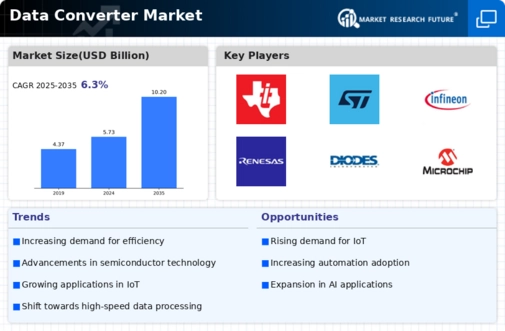
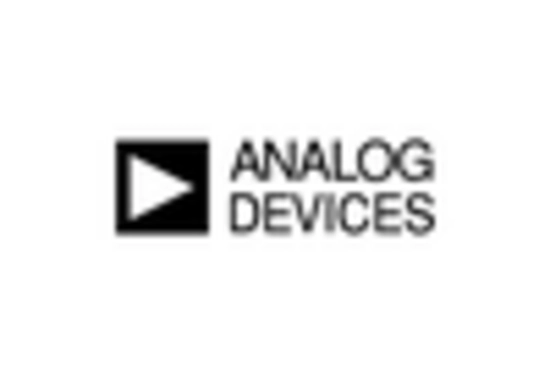
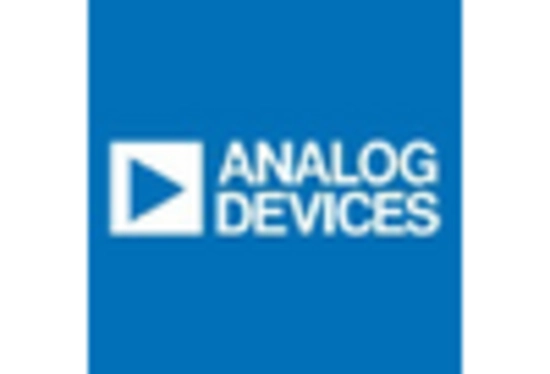
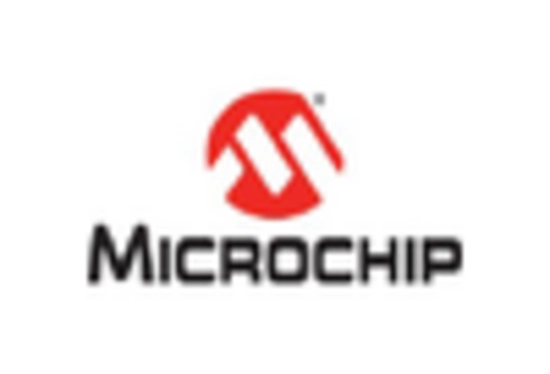
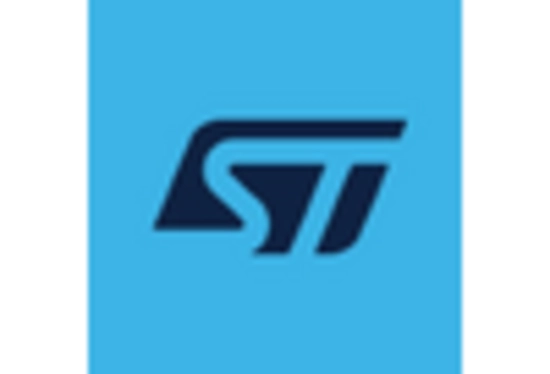









Leave a Comment